Home>Gardening & Outdoor>Landscaping Ideas>What Is The Benefit Of A Raised Garden Bed
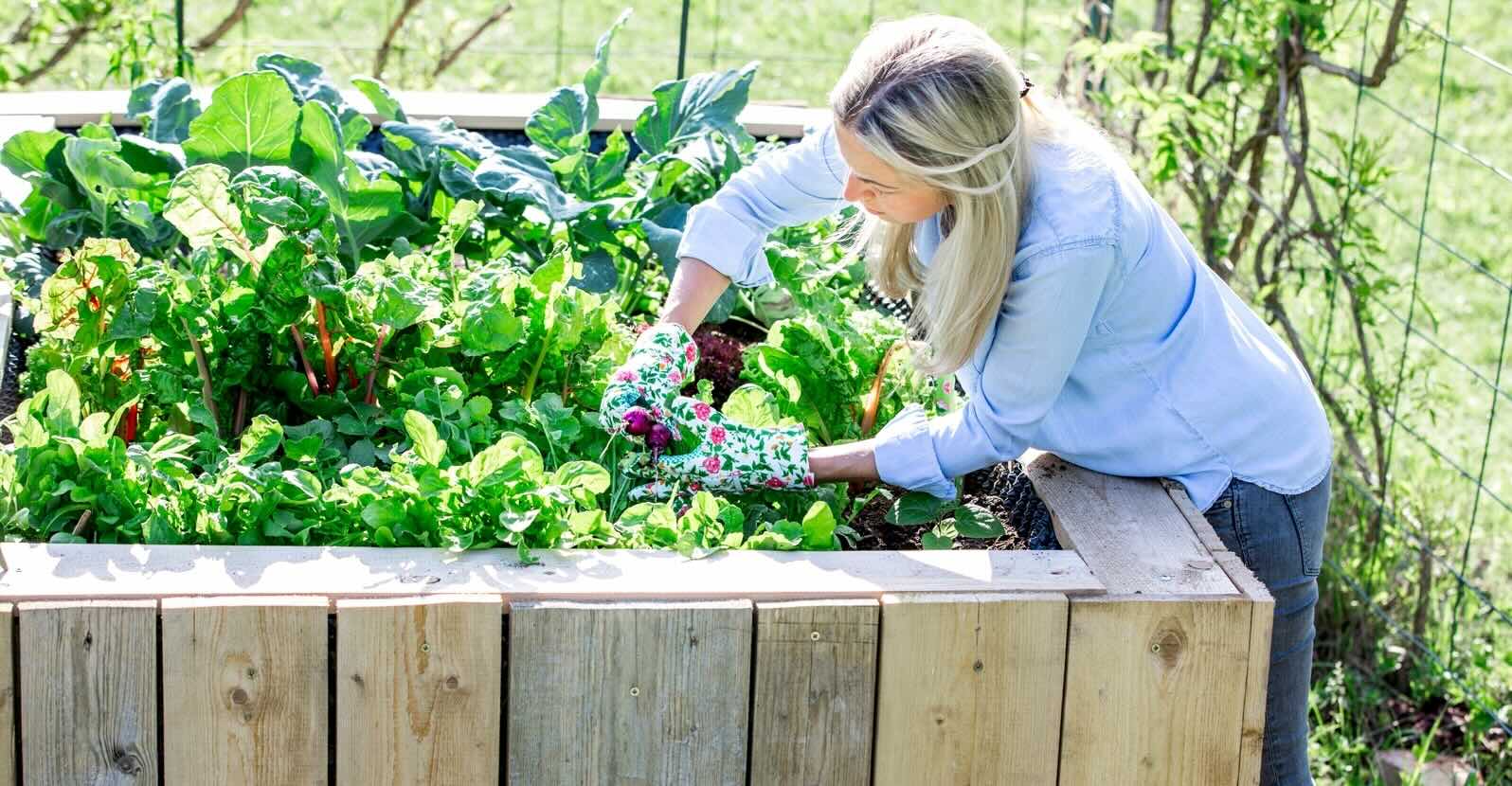

Landscaping Ideas
What Is The Benefit Of A Raised Garden Bed
Published: February 1, 2024
Discover the advantages of raised garden beds for your landscaping ideas. Learn how they can improve drainage, soil quality, and accessibility. Start your raised bed garden today!
(Many of the links in this article redirect to a specific reviewed product. Your purchase of these products through affiliate links helps to generate commission for Storables.com, at no extra cost. Learn more)
Introduction
Raised garden beds have become increasingly popular among gardening enthusiasts and landscaping aficionados. These elevated planting areas offer a myriad of benefits that cater to both novice and experienced gardeners. By elevating the soil level and creating a contained area for planting, raised garden beds provide numerous advantages that contribute to the overall success and enjoyment of gardening endeavors.
The benefits of raised garden beds extend beyond the mere aesthetic appeal, encompassing practical advantages that significantly impact the health and productivity of plants. From improved soil quality to enhanced accessibility, the advantages of raised garden beds are multifaceted and contribute to a more efficient and enjoyable gardening experience.
In the following sections, we will delve into the specific benefits of raised garden beds, exploring how they improve soil quality, enhance drainage, aid in pest control, offer accessibility, extend the growing season, and elevate the overall aesthetic appeal of gardening spaces. Each of these aspects plays a crucial role in elevating the gardening experience, making raised garden beds a valuable addition to any outdoor space.
Key Takeaways:
- Elevated raised garden beds improve soil quality, drainage, and pest control, making gardening easier and more productive. They also extend the growing season and add visual appeal to outdoor spaces.
- Raised garden beds offer accessibility benefits, reducing physical strain and promoting inclusivity. They create a more organized and aesthetically pleasing garden while maximizing the potential for bountiful harvests.
Read more: What Is A Raised Garden Bed
Improved Soil Quality
One of the most significant advantages of raised garden beds is the ability to exercise greater control over the soil quality. By utilizing raised beds, gardeners can customize the composition of the soil to suit the specific needs of the plants they intend to cultivate. This level of control is particularly beneficial in areas where the natural soil composition may be less than ideal for gardening.
Raised garden beds allow for the implementation of nutrient-rich soil, which can be tailored to the requirements of different plant species. This is especially advantageous for individuals residing in regions with poor soil quality, as it provides a viable solution to the limitations imposed by unsuitable native soil. By incorporating a balanced blend of organic matter, compost, and other soil amendments, gardeners can create an optimal growing environment that fosters healthy plant development.
Furthermore, the elevated nature of raised garden beds facilitates better drainage, preventing waterlogging and soil compaction. This ensures that the soil remains loose and well-aerated, promoting healthy root growth and minimizing the risk of root rot. The improved drainage also aids in preventing nutrient leaching, allowing plants to access essential nutrients more effectively.
The controlled environment of raised garden beds also contributes to the mitigation of soil erosion, as the contained soil is less susceptible to the erosive forces of wind and water. This is particularly advantageous for gardeners in areas prone to erosion, as it helps maintain the integrity of the soil structure and prevents the loss of valuable topsoil.
In addition to these benefits, the elevated nature of raised garden beds can also facilitate earlier planting in the spring, as the soil warms up more quickly than ground-level beds. This extended growing season provides gardeners with the opportunity to start cultivating their crops earlier, leading to an overall increase in productivity and yield.
Overall, the improved soil quality afforded by raised garden beds empowers gardeners to create an optimal growing environment that supports the health and vitality of their plants. By customizing the soil composition, enhancing drainage, and mitigating erosion, raised garden beds play a pivotal role in fostering successful and bountiful harvests.
Better Drainage
Raised garden beds offer superior drainage compared to traditional ground-level planting areas. The elevated nature of these beds prevents waterlogging, a common issue that can compromise the health of plants. By providing adequate drainage, raised garden beds create an optimal environment for plant roots, ensuring they receive the right balance of moisture and oxygen.
The improved drainage in raised garden beds is attributed to the elevated position of the soil. Unlike ground-level beds, raised beds allow excess water to drain more efficiently, preventing the accumulation of water around the roots of plants. This is particularly beneficial in areas with heavy rainfall, as it minimizes the risk of water-related stress and diseases that can afflict plants in waterlogged conditions.
Furthermore, the composition of the soil in raised garden beds contributes to enhanced drainage. Gardeners have the flexibility to customize the soil blend, incorporating materials that promote optimal drainage, such as coarse sand or perlite. These amendments facilitate the movement of water through the soil, preventing stagnation and ensuring that plant roots have access to the oxygen they need for healthy growth.
In addition to preventing waterlogging, the improved drainage in raised garden beds also aids in preventing soil compaction. When soil becomes waterlogged, it can lead to compaction, reducing the porosity of the soil and impeding the movement of air and water. Raised garden beds mitigate this issue by allowing excess water to drain away, maintaining the structural integrity of the soil and promoting a healthy root environment.
The benefits of better drainage extend beyond the prevention of water-related issues. By ensuring that the soil does not become waterlogged, raised garden beds also contribute to the efficient uptake of nutrients by plant roots. When soil is excessively wet, essential nutrients can be leached away, depriving plants of the sustenance they need to thrive. The improved drainage in raised beds helps to maintain a balanced nutrient profile in the soil, supporting robust plant growth and development.
Overall, the superior drainage provided by raised garden beds is a key factor in creating an optimal growing environment for plants. By preventing waterlogging, facilitating nutrient uptake, and maintaining soil structure, raised beds contribute to the overall health and productivity of garden crops. This aspect of raised garden beds underscores their value in promoting successful and flourishing gardens.
Pest Control
Raised garden beds offer a natural advantage in pest control, providing a practical and effective means of safeguarding plants against common garden pests. The elevated design of raised beds serves as a deterrent to certain pests, offering a level of protection that is not easily attainable in ground-level planting areas.
One of the primary benefits of raised garden beds in pest control is the physical barrier they create. The raised structure makes it more challenging for pests such as slugs, snails, and certain crawling insects to access the plants. This barrier can be further fortified by lining the bottom of the raised bed with wire mesh or hardware cloth, effectively preventing burrowing pests from infiltrating the root zone of the plants. Additionally, the defined borders of raised beds make it easier for gardeners to implement protective measures, such as copper tape or diatomaceous earth, to deter pests from reaching the plants.
Furthermore, the controlled environment of raised garden beds allows for the implementation of companion planting strategies that naturally repel pests. By interplanting pest-repelling species alongside susceptible plants, gardeners can create a natural deterrent against common garden pests. For example, the strong aroma of certain herbs, such as basil and rosemary, can help deter pests like aphids and mosquitoes, contributing to a healthier and more pest-resistant garden ecosystem.
In addition to physical barriers and companion planting, the elevated nature of raised garden beds can also reduce the risk of soil-borne diseases and certain pests that thrive in ground-level conditions. This is particularly beneficial for plants susceptible to root rot and fungal infections, as the improved drainage and aeration in raised beds create an environment that is less conducive to these issues. By minimizing the risk of soil-borne pests and diseases, raised garden beds contribute to the overall health and resilience of garden crops.
Moreover, the contained nature of raised beds facilitates easier monitoring and management of pest infestations. Gardeners can readily inspect the plants and soil within the confined space of raised beds, allowing for early detection and intervention in the event of pest-related issues. This proactive approach to pest control can help mitigate potential damage and minimize the need for chemical interventions, aligning with environmentally conscious gardening practices.
Overall, raised garden beds offer a multifaceted approach to pest control, leveraging their elevated design, controlled environment, and compatibility with natural pest deterrents to create a resilient and pest-resistant gardening space. By integrating these pest control benefits, raised garden beds contribute to the overall success and sustainability of garden cultivation, providing a practical and effective solution to common pest-related challenges.
A raised garden bed provides better drainage, prevents soil compaction, and makes it easier to control weeds and pests. It also allows for better soil quality and easier access for planting, watering, and harvesting.
Accessibility
Raised garden beds offer unparalleled accessibility, catering to the diverse needs of gardeners and enhancing the overall gardening experience. The elevated design of raised beds provides numerous advantages in terms of accessibility, making it easier for individuals of varying physical abilities to engage in gardening activities.
One of the primary benefits of raised garden beds in terms of accessibility is the reduced need for bending and stooping. The elevated height of the beds minimizes the strain on the back and knees, allowing gardeners to tend to their plants without having to constantly bend down. This aspect is particularly beneficial for individuals with mobility issues or physical limitations, as it enables them to participate in gardening activities with greater comfort and ease.
Furthermore, the raised structure of the beds facilitates wheelchair access, making gardening more inclusive for individuals with mobility aids. By ensuring that the planting areas are at a convenient height, raised garden beds enable individuals using wheelchairs or other mobility devices to actively participate in gardening, fostering a more inclusive and accessible gardening environment.
In addition to physical accessibility, raised garden beds also offer practical advantages that enhance the overall gardening experience. The defined borders of the beds create clear delineations between planting areas, making it easier for gardeners to navigate and manage their garden space. This organized layout contributes to a more efficient and enjoyable gardening experience, allowing for better planning and utilization of the available space.
Moreover, the elevated nature of raised garden beds reduces the risk of soil compaction, as the soil is not subjected to the pressure of foot traffic. This is particularly advantageous in larger garden spaces, where ground-level planting areas may be more susceptible to compaction from frequent walking and tending. By minimizing soil compaction, raised beds maintain a loose and aerated soil structure, promoting healthy root growth and overall plant vitality.
The accessibility benefits of raised garden beds extend beyond physical considerations, encompassing the practical advantages that contribute to a more user-friendly gardening environment. By prioritizing accessibility and ease of use, raised garden beds empower individuals of all abilities to partake in the joys of gardening, fostering a more inclusive and enjoyable gardening experience for all.
Overall, the accessibility benefits of raised garden beds make them a valuable addition to any outdoor space, offering a user-friendly and inclusive platform for individuals to cultivate their gardening aspirations. Whether it's reducing physical strain, facilitating wheelchair access, or promoting a more organized and efficient gardening space, raised garden beds exemplify the transformative impact of accessibility in enhancing the overall gardening experience.
Read more: What To Plant In A Raised Garden Bed
Extended Growing Season
The elevated design of raised garden beds contributes to an extended growing season, providing gardeners with the opportunity to start planting earlier in the spring and continue harvesting later into the fall. This extension of the growing season is attributed to several factors inherent to raised beds, each of which plays a pivotal role in creating a favorable environment for plant growth and development.
One of the primary contributors to the extended growing season in raised garden beds is the improved soil temperature. The elevated position of the beds allows the soil to warm up more quickly in the spring, creating a conducive environment for early planting. This accelerated warming process is particularly advantageous in regions with cooler climates, where ground-level soil may take longer to reach optimal planting temperatures. By capitalizing on the elevated soil warmth, gardeners can initiate their planting activities sooner, gaining a head start on the growing season and maximizing the potential yield of their crops.
Furthermore, the improved drainage in raised garden beds facilitates better soil conditions, allowing for earlier planting without the risk of waterlogging or soil compaction. This aspect is particularly beneficial for plants that are sensitive to excessive moisture, as it provides a conducive environment for their early development. Additionally, the controlled nature of raised beds enables gardeners to customize the soil composition, incorporating materials that further enhance soil warmth and promote early plant growth.
The extended growing season afforded by raised garden beds also translates to a longer harvest period in the fall. As the soil in raised beds retains warmth more effectively than ground-level soil, plants can continue to thrive and produce yields even as the temperatures begin to cool. This extension of the harvest season allows gardeners to continue enjoying fresh produce well into the autumn months, maximizing the productivity and sustainability of their garden space.
Moreover, the elevated nature of raised garden beds offers protection against early frosts, as the height of the beds can mitigate the impact of sudden temperature drops. This safeguarding effect further contributes to the extension of the growing season, providing a buffer against adverse weather conditions that could otherwise curtail plant growth and shorten the harvest period.
In essence, the extended growing season facilitated by raised garden beds is a testament to their capacity to create an optimal and resilient growing environment. By leveraging the benefits of improved soil temperature, enhanced drainage, and protection against early frosts, raised beds empower gardeners to cultivate their crops over an extended timeframe, maximizing the potential of their garden space and reaping the rewards of a prolonged and bountiful harvest.
Aesthetic Appeal
The aesthetic appeal of raised garden beds extends beyond their practical benefits, encompassing a transformative impact on the visual landscape of outdoor spaces. These elevated planting areas serve as a focal point, adding a touch of elegance and charm to gardens, patios, and yards. The structured and defined borders of raised beds create a sense of organization and order, elevating the overall aesthetic quality of the garden and contributing to a more polished and refined outdoor environment.
One of the key elements that contribute to the aesthetic appeal of raised garden beds is their versatility in design and material options. Gardeners have the freedom to choose from a wide array of materials, including wood, stone, and composite materials, allowing for customization that complements the existing aesthetics of the outdoor space. Whether it's a rustic wooden bed that adds a warm and natural ambiance or a sleek and modern design that lends a contemporary flair, raised garden beds offer endless possibilities for enhancing the visual appeal of the garden.
Furthermore, the elevated nature of raised beds creates dimension and depth within the garden landscape, adding visual interest and creating a dynamic interplay of heights and textures. This multi-level approach to gardening not only enhances the aesthetic appeal but also provides opportunities for creative landscaping and plant arrangements. By incorporating a variety of plant species with different colors, textures, and growth habits, gardeners can create visually captivating displays that showcase the beauty and diversity of nature.
The defined borders of raised garden beds also contribute to a more organized and structured garden layout, creating a sense of symmetry and balance within the outdoor space. This organized approach to gardening not only enhances the visual appeal but also fosters a sense of tranquility and harmony, making the garden a welcoming and inviting retreat.
Moreover, raised garden beds offer the opportunity to showcase ornamental plants and flowers, adding bursts of color and fragrance to the garden landscape. The elevated position of the beds allows for better visibility and appreciation of the planted flora, creating a captivating display that engages the senses and uplifts the overall ambiance of the outdoor space.
In essence, the aesthetic appeal of raised garden beds transcends mere functionality, encompassing a harmonious blend of design, structure, and natural beauty. By integrating these visual elements, raised beds elevate the overall aesthetic quality of outdoor spaces, transforming them into captivating and inviting garden sanctuaries that delight the senses and inspire the soul.
Conclusion
In conclusion, raised garden beds offer a multitude of benefits that significantly enhance the gardening experience. From improved soil quality and better drainage to pest control, accessibility, extended growing seasons, and aesthetic appeal, the advantages of raised beds are diverse and impactful.
The ability to exercise greater control over soil quality and composition empowers gardeners to create optimal growing environments, particularly in areas with poor native soil. The improved drainage in raised beds prevents waterlogging and soil compaction, fostering healthy root growth and nutrient uptake. Furthermore, the elevated design of raised beds serves as a natural deterrent to pests, contributing to a more resilient and pest-resistant garden ecosystem.
The accessibility benefits of raised garden beds make gardening more inclusive and user-friendly, catering to individuals of varying physical abilities. Additionally, the extended growing season facilitated by raised beds provides opportunities for early planting and prolonged harvests, maximizing the productivity and sustainability of garden spaces.
Beyond their practical advantages, raised garden beds elevate the visual landscape, adding a touch of elegance and charm to outdoor spaces. The versatility in design and material options, coupled with the structured borders and multi-level approach to gardening, creates visually captivating displays that enhance the overall aesthetic quality of gardens.
In essence, raised garden beds embody a holistic approach to gardening, encompassing practical functionality, aesthetic appeal, and inclusivity. Whether it's creating an optimal growing environment, fostering a pest-resistant ecosystem, or transforming outdoor spaces into visually captivating retreats, raised beds stand as a testament to the transformative impact of elevated gardening. By integrating these benefits, raised garden beds enrich the gardening experience, empowering individuals to cultivate thriving and beautiful garden spaces that inspire and delight.
Frequently Asked Questions about What Is The Benefit Of A Raised Garden Bed
Was this page helpful?
At Storables.com, we guarantee accurate and reliable information. Our content, validated by Expert Board Contributors, is crafted following stringent Editorial Policies. We're committed to providing you with well-researched, expert-backed insights for all your informational needs.
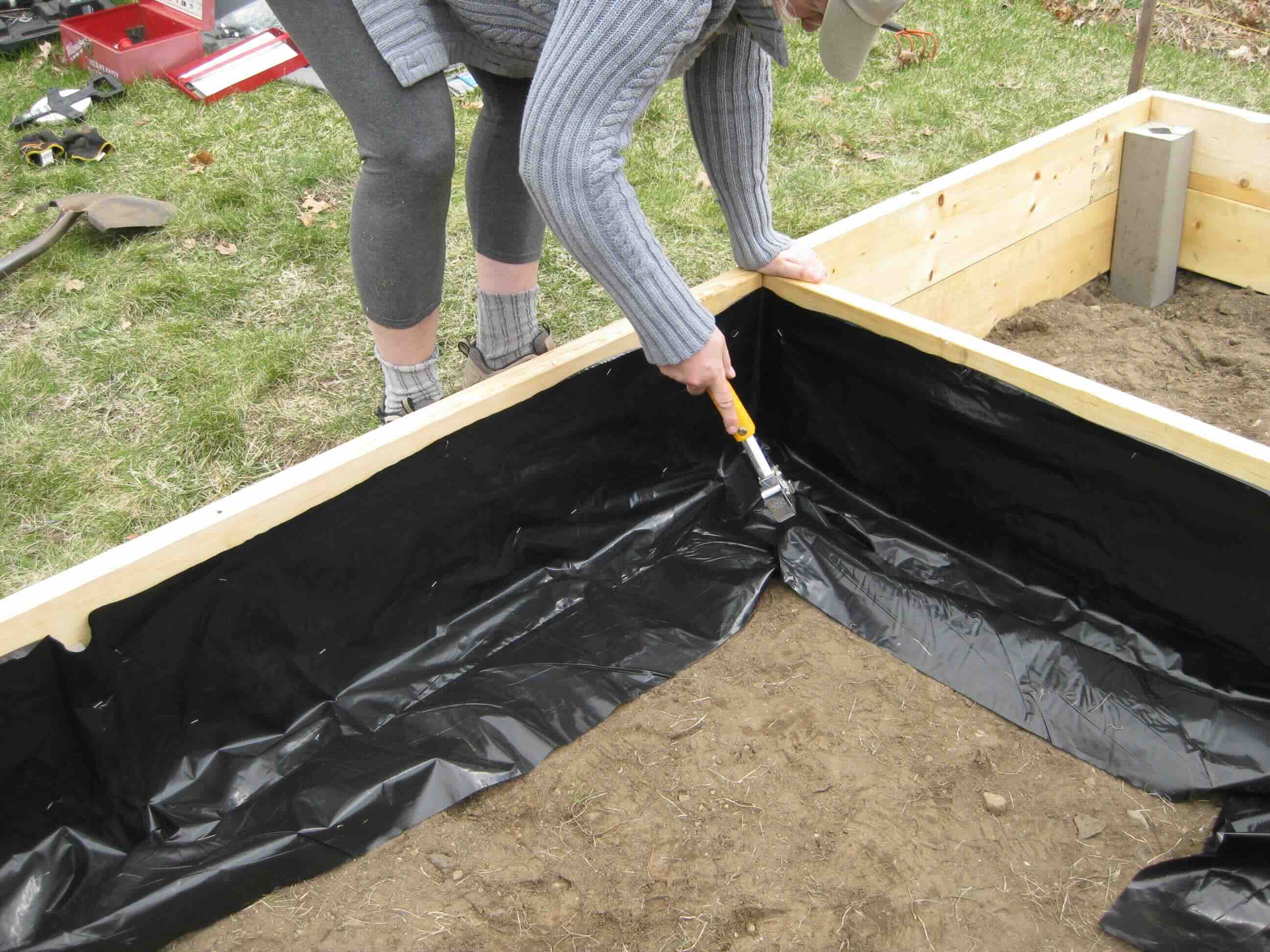
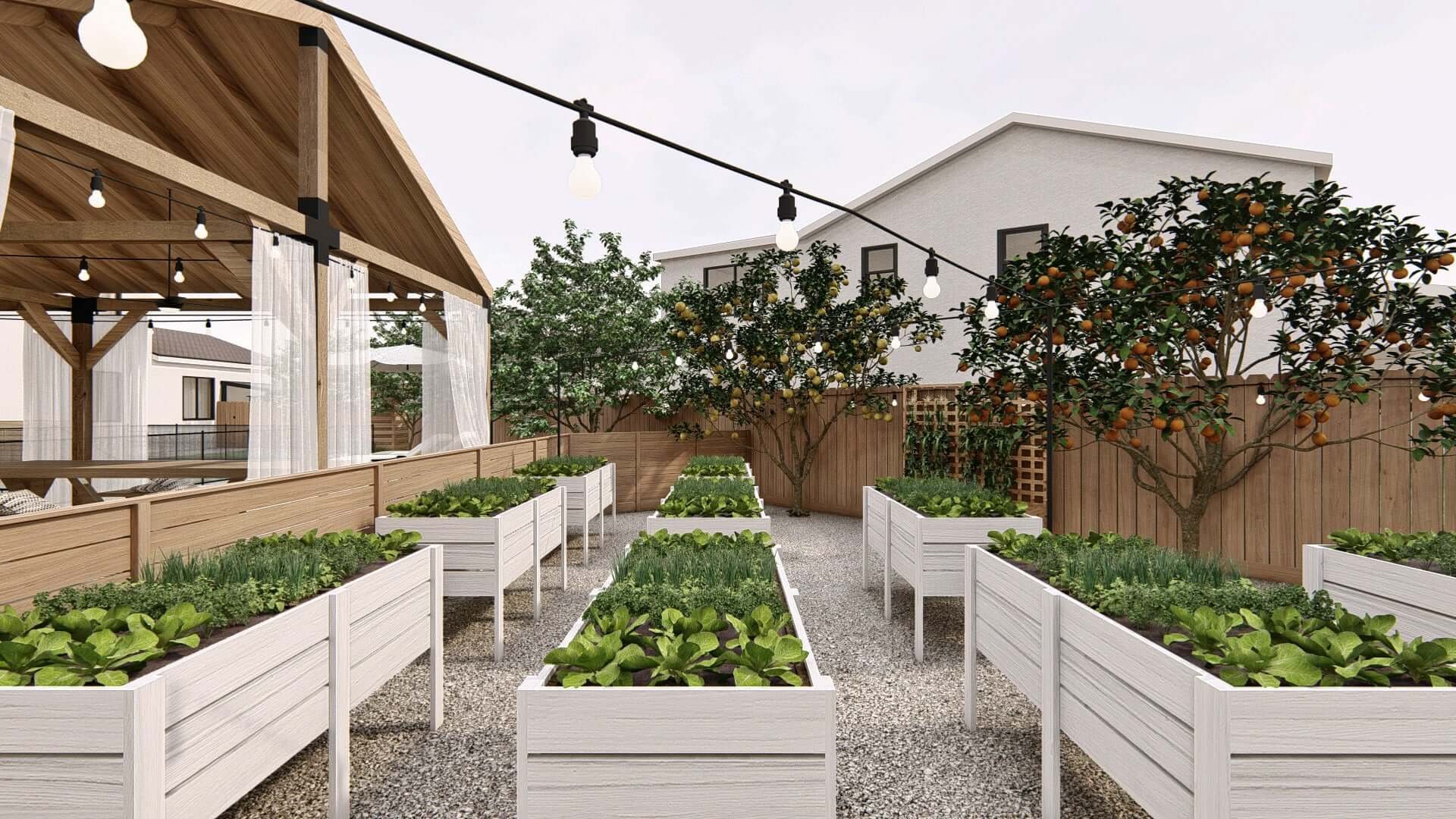
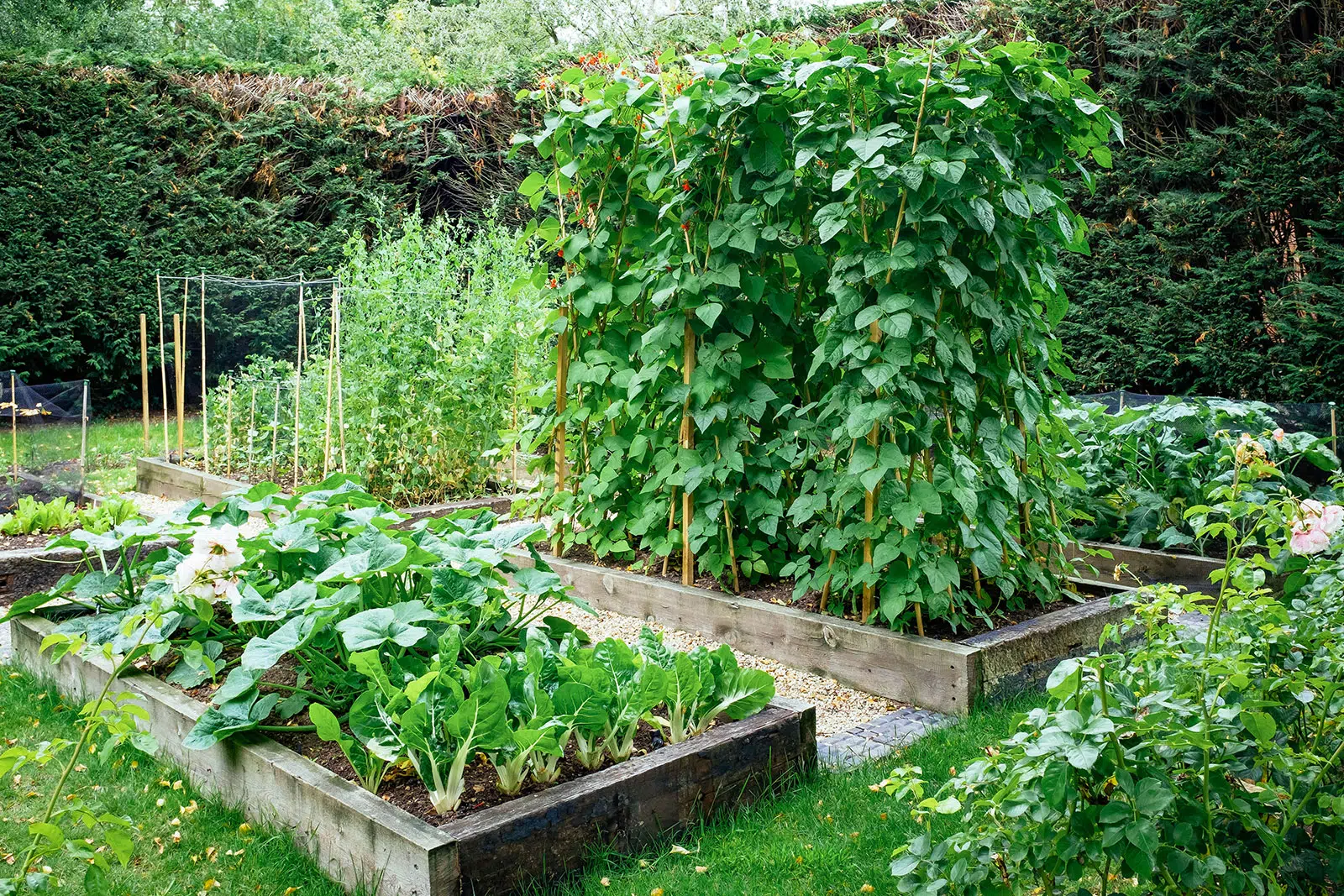
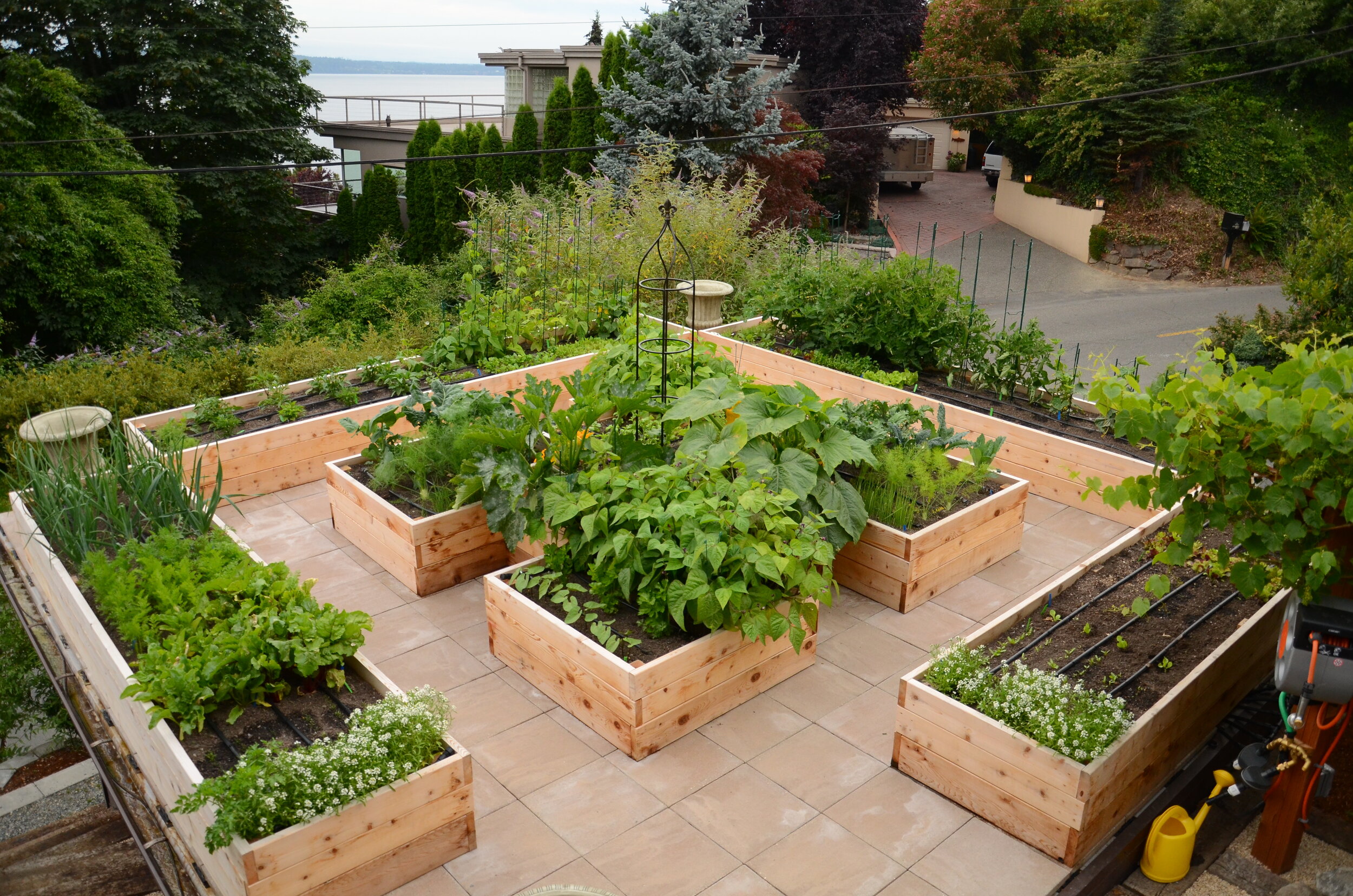

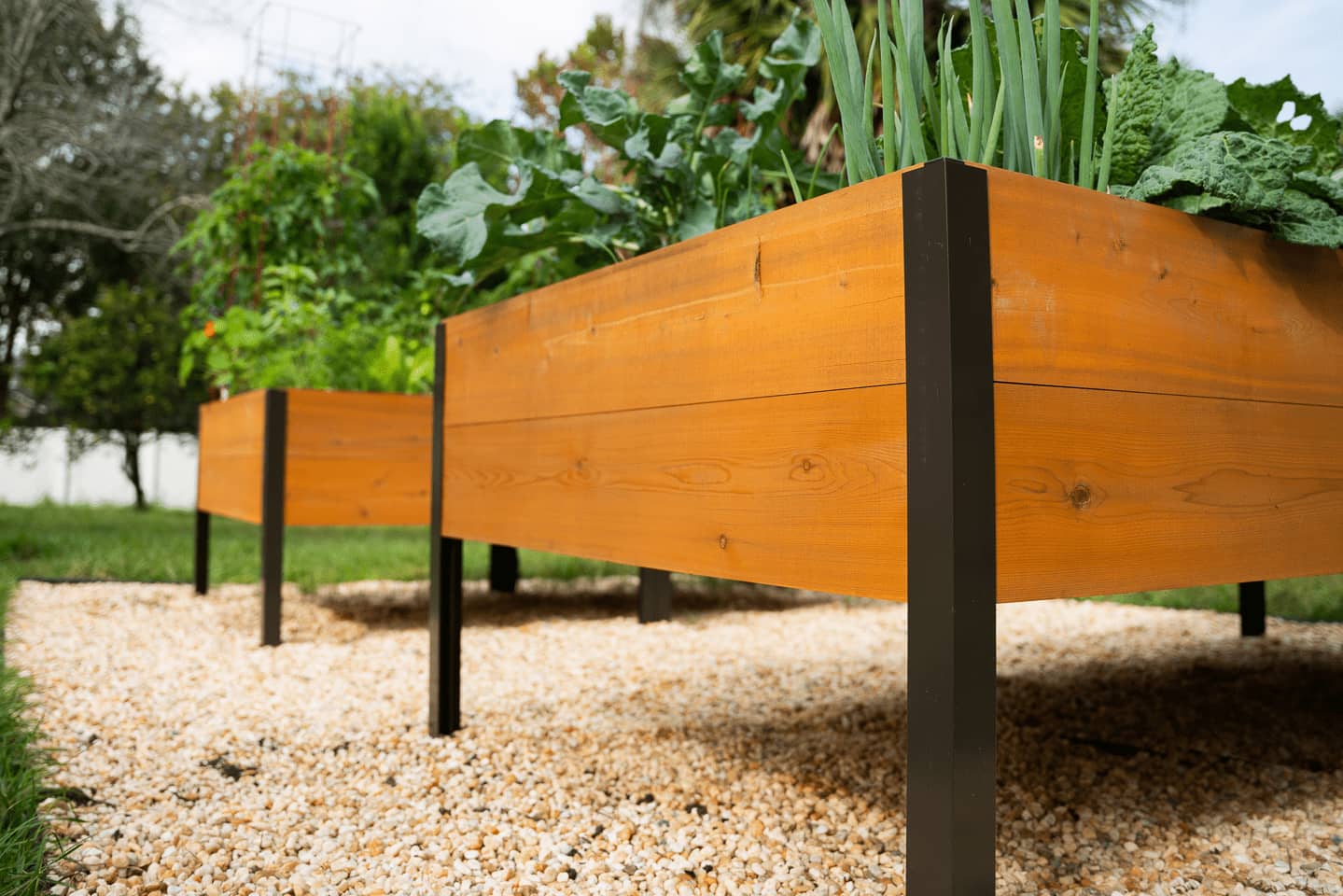
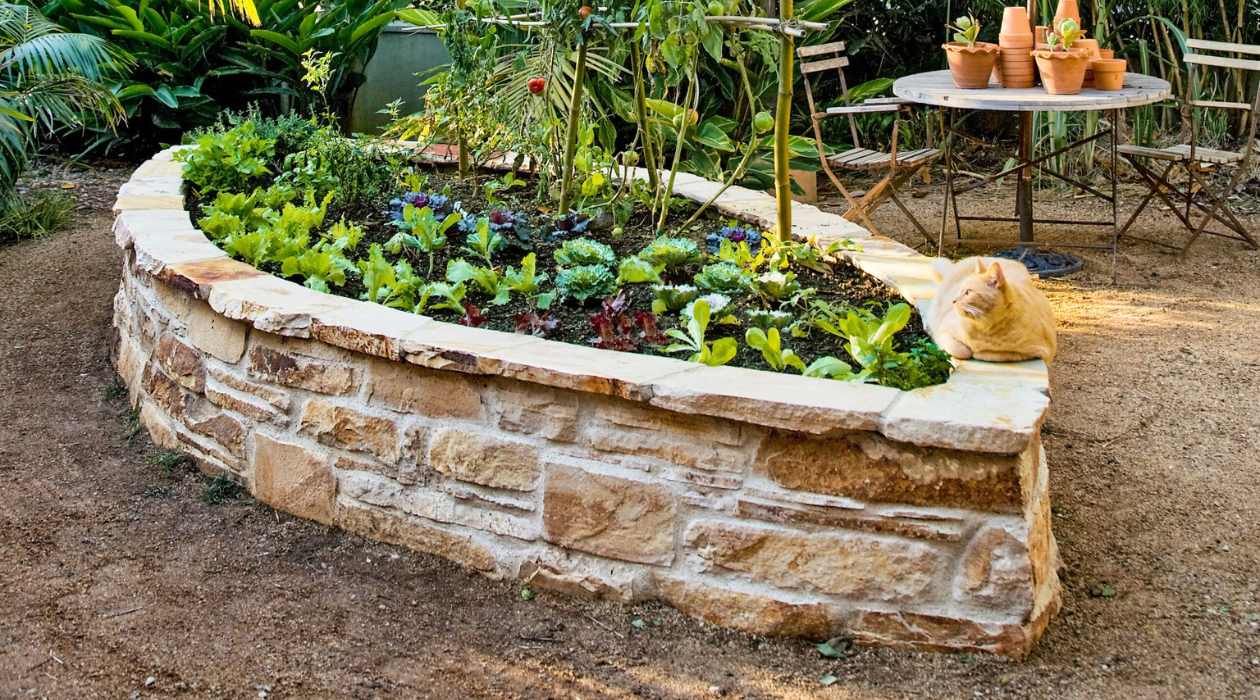
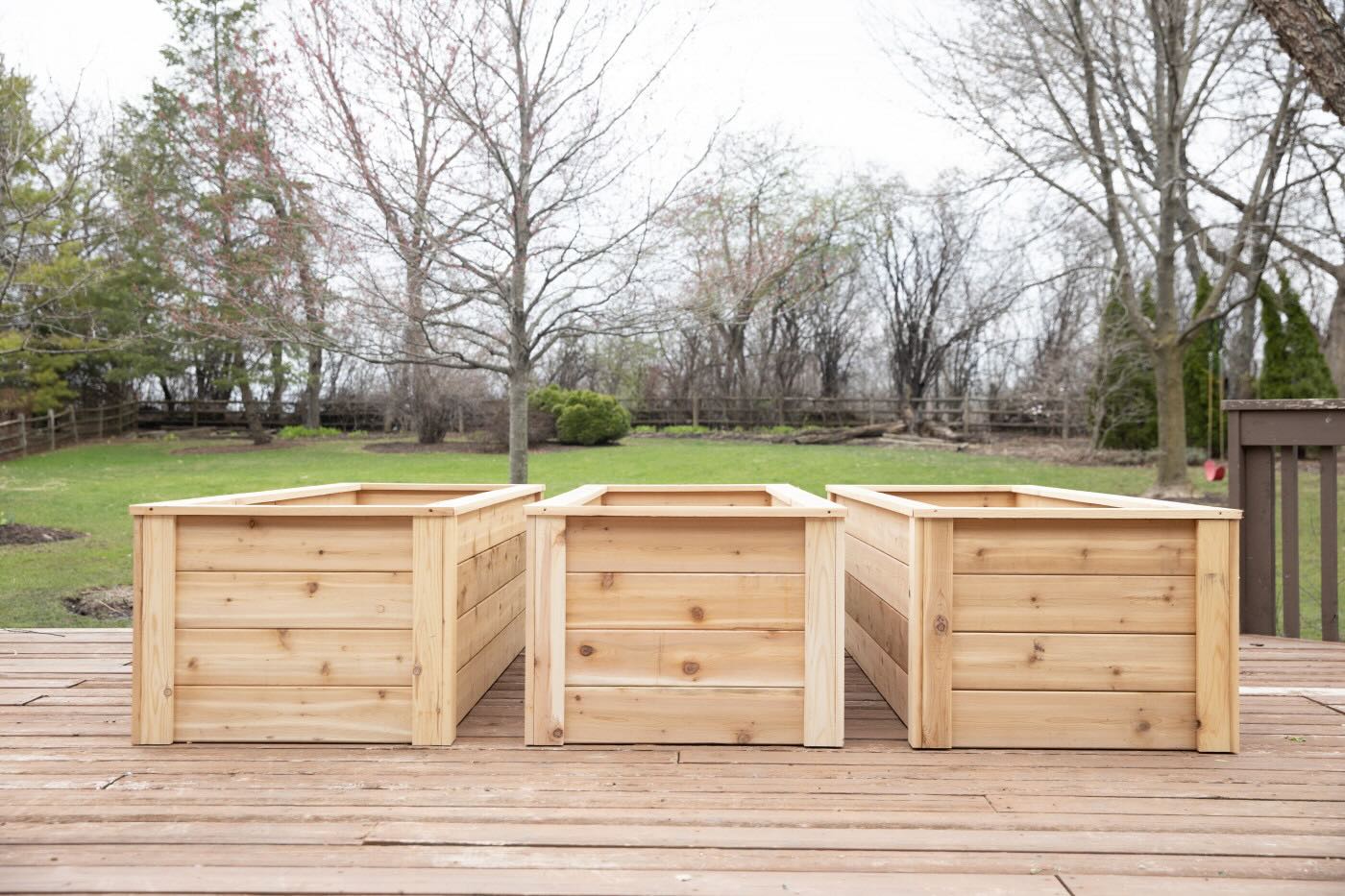



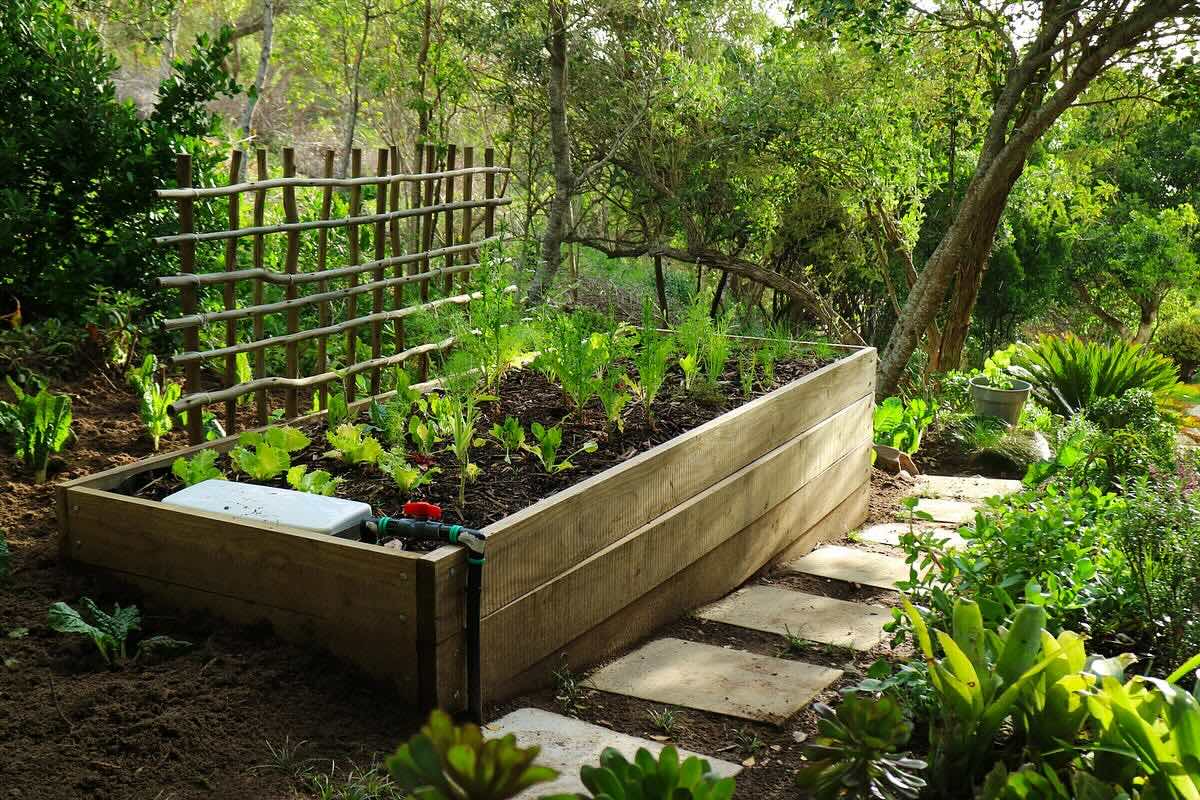
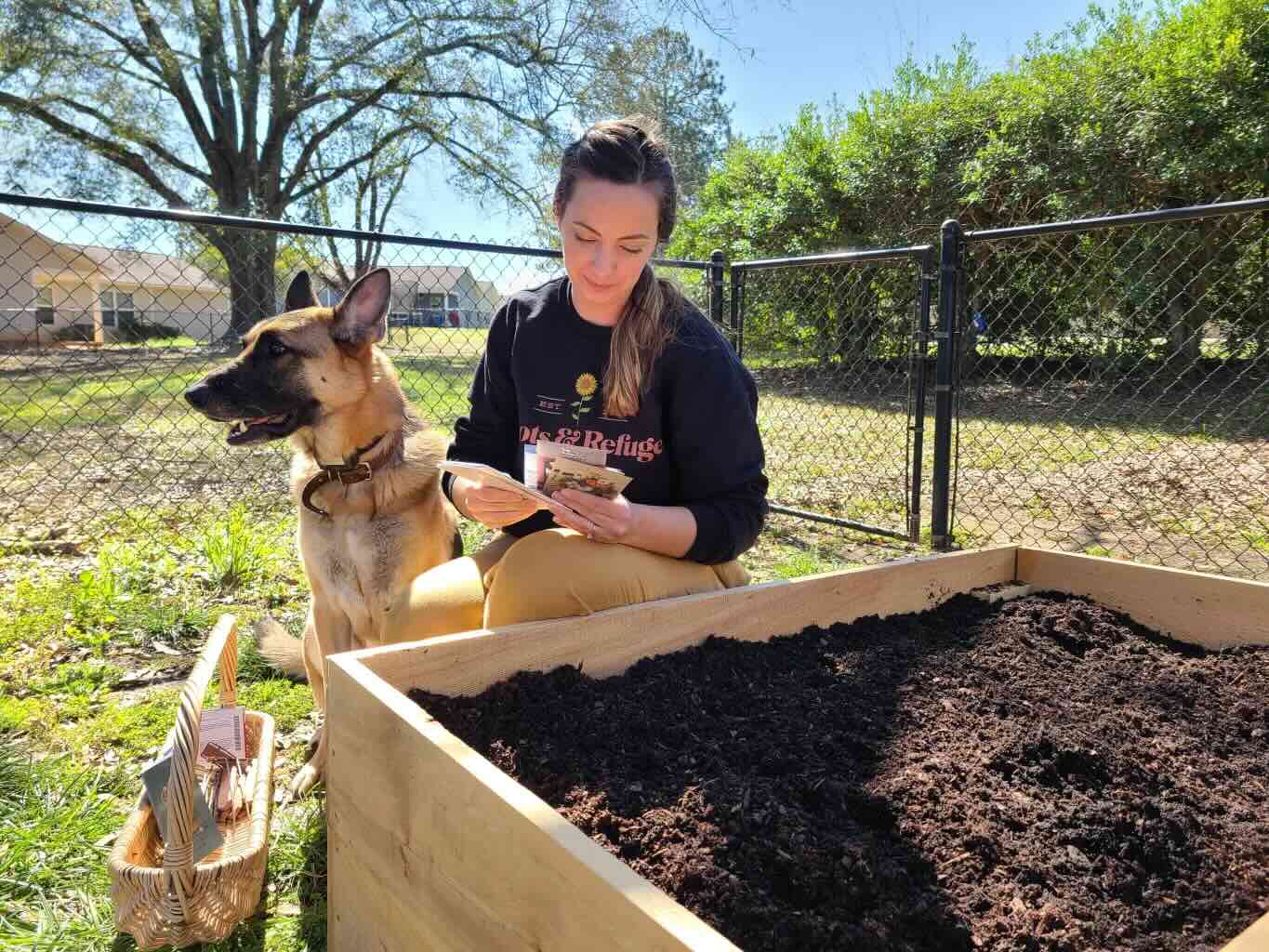
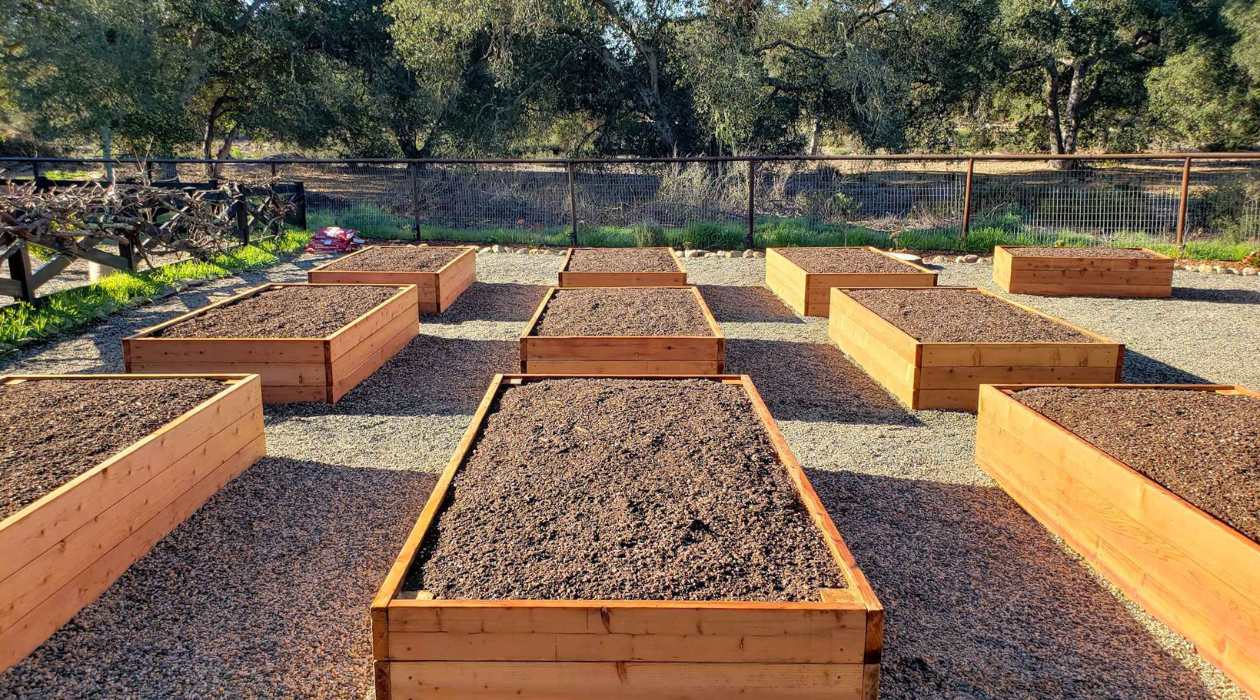

0 thoughts on “What Is The Benefit Of A Raised Garden Bed”